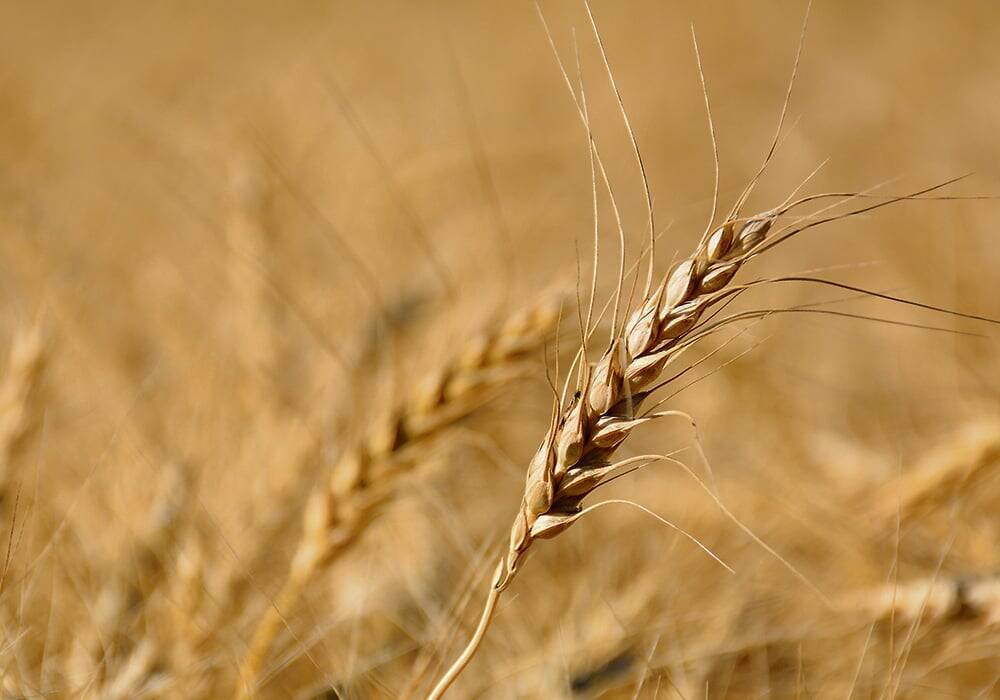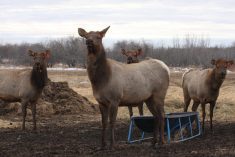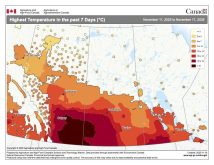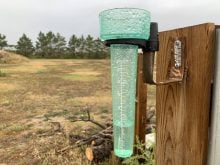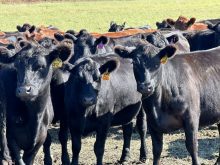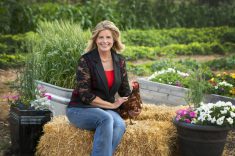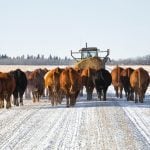The governments of Canada and Alberta have stepped up to assist Alberta farmers in dealing with the anticipated challenges of the 2025 crop year by increasing the low yield allowance, enabling farmers to salvage crops for livestock feed in an effort to reduce producers’ feed related costs.
The adjustment, made by Agriculture Financial Services Corp. (AFSC) through the Sustainable Canadian Agricultural Partnership, is designed to help producers salvage poor-quality crops for livestock feed, which will, in turn, help reduce feed-related costs.
Many regions of the province have experienced prolonged dry and hot weather, and a number of municipalities have declared agricultural disasters this summer.
Read Also

Canola’s clubroot success story
At one time, scientists, agronomists and growers were extremely worried clubroot would spread across the Prairies and devastate Canada’s canola industry.
“The impact of ongoing dry conditions in some regions of the province is concerning for Alberta’s agricultural community. This adjustment lets producers act swiftly to salvage crops for livestock feed, rather than watch their fields deteriorate further and risk harvesting nothing,” said RJ Sigurdson, Alberta’s agriculture and irrigation minister, in a press release.
The change to low yield allowance means that if that appraised yield falls below the established threshold level, AFSC can reduce the appraisal to zero, based on information gathered by an adjuster during inspection.
The allowance adjustment, effective for 2025 only, “enables producers to act swiftly to salvage crops for livestock feed rather than watch their fields deteriorate further, and risk harvesting nothing,” Jesse Cole, an insurance products and product innovation manager with AFSC, said in a separate release.
In other words, AFSC said, the threshold values are meant to reflect the approximate cost of harvesting when a crop is not worth harvesting.
The adjustment, Cole said, raises the low yield allowances to 300 kg per acre for barley, wheat, oats, rye, field peas, corn, triticale and faba beans; for dry beans, 240 kg per acre; lentils and desi chickpeas, 80 kg per acre; and kabuli chickpeas, 50 kg per acre.
“I’ve spoken with livestock and crop producers in Alberta who are worried about the impact that dry conditions could have this year. Changing the yield threshold will give them some breathing room, so they can make the best decisions for their operations,” federal agriculture minister Heath MacDonald said in a federal/provincial release.

